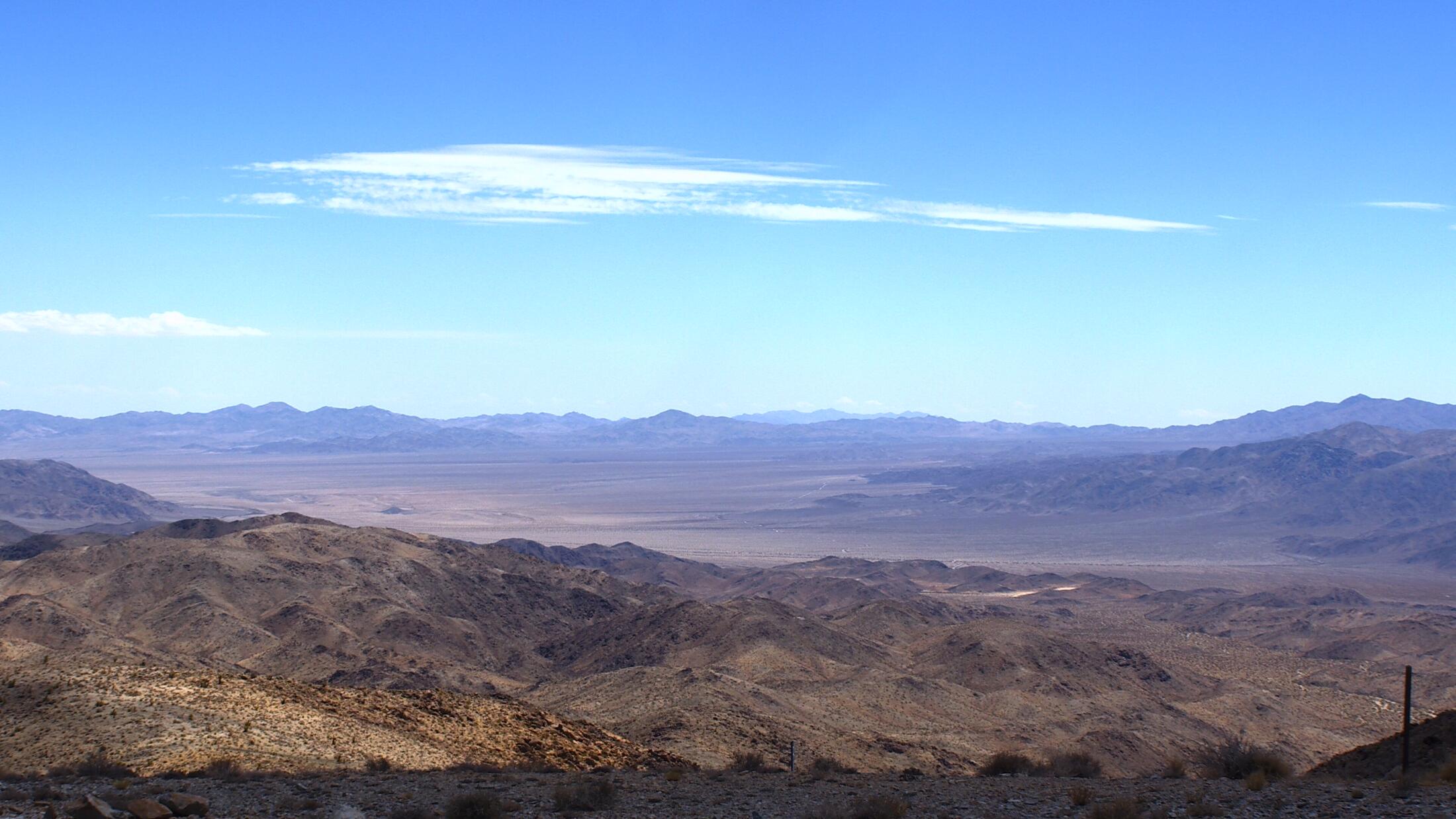News from: Joshua Tree National Park
Due to hot, dry weather conditions, high winds, and increasing fire danger, Joshua Tree National Park leadership will implement fire restrictions at the direction of the Superintendent beginning Tuesday, August 8, 2023. The restriction encompasses the entire park, including all campgrounds, backcountry sites, and residential areas.
Fire restrictions will be in effect that prohibit the following:
- Wood burning and charcoal fires, including campfires, warming fires, and charcoal barbeques. The use of liquid petroleum or LPG-fueled devices that can be turned on and off, such as stoves, lanterns, or heating devices are allowed if used in an area that is barren or cleared of all flammable materials within 3 feet of the device.
- Smoking within 10 feet of vegetation
- The use of generators is restricted to only units with approved spark arrestors used at least three feet or more on all sides from flammable materials such as grass.
- Fireworks, explosives, and any other incendiary devices are always prohibited on public lands.
Park rangers ask that the public recreate responsibly and bring camp stoves if planning on cooking while in the park. Mojave National Preserve, our neighbors to the north, recently experienced the York Fire which burned over 90,000 acres of land. The current invasive grass growth in the park is three times greater than average, which adds significant fire risk as grass can carry fire quickly and widely, spreading it to other, denser vegetation. The fire restrictions will reduce the risk of fire, to promote public health and safety, and to protect resources during this time. These restrictions will remain in effect until October 1 or until park managers have determined that fire danger levels have subside.
For any visit to Joshua Tree National Park, plan your trip ahead and check the park website for current conditions, restrictions, closures, and more at www.nps.gov/jotr/planyourvisit/conditions.htm. To get more information about fire restrictions and readiness plans on other public lands in California please visit http://www.fire.ca.gov.
To learn more about fire in the Mojave Desert, please watch the Fire in the Mojave Desert: a Landscape in Transition video available on our website at www.nps.gov/jotr/learn/photosmultimedia/mojavefire.htm.
